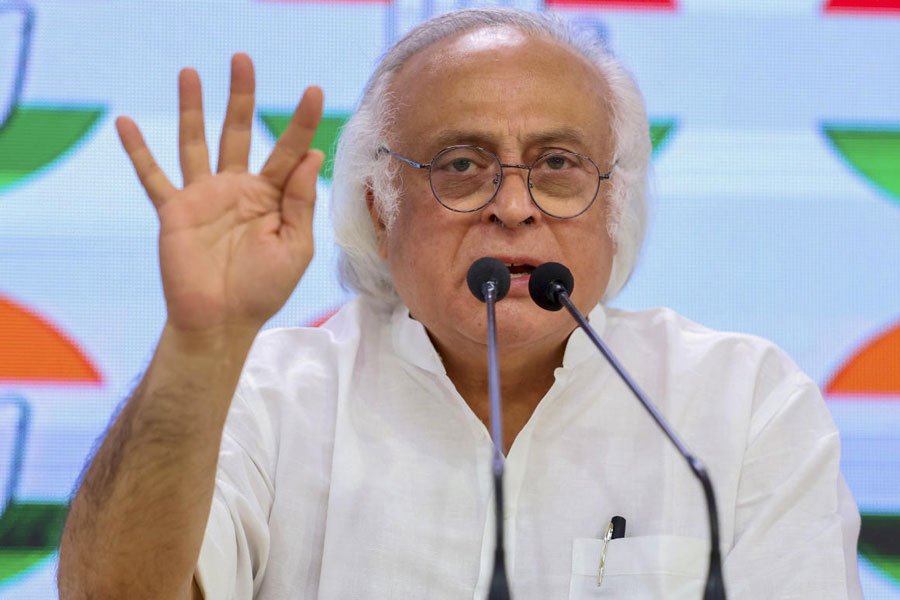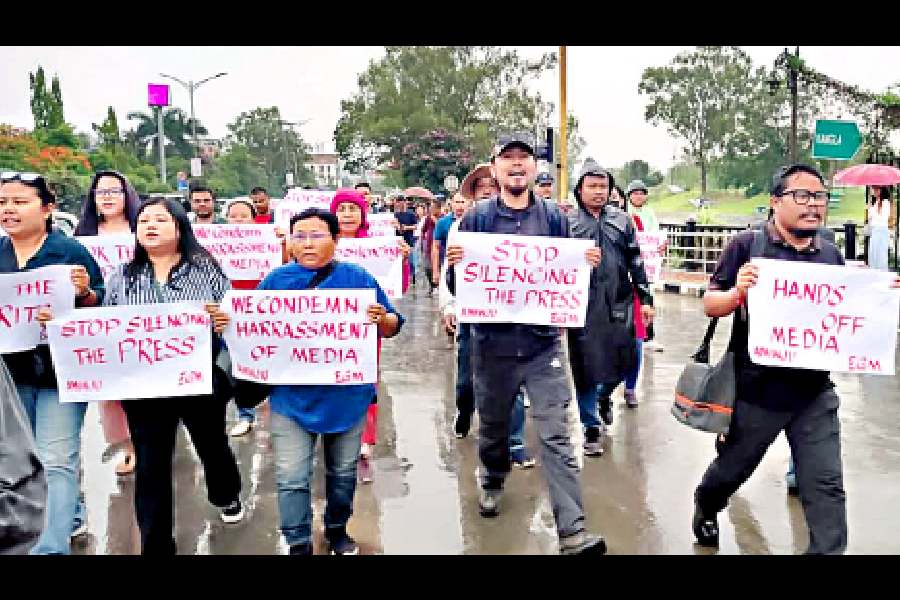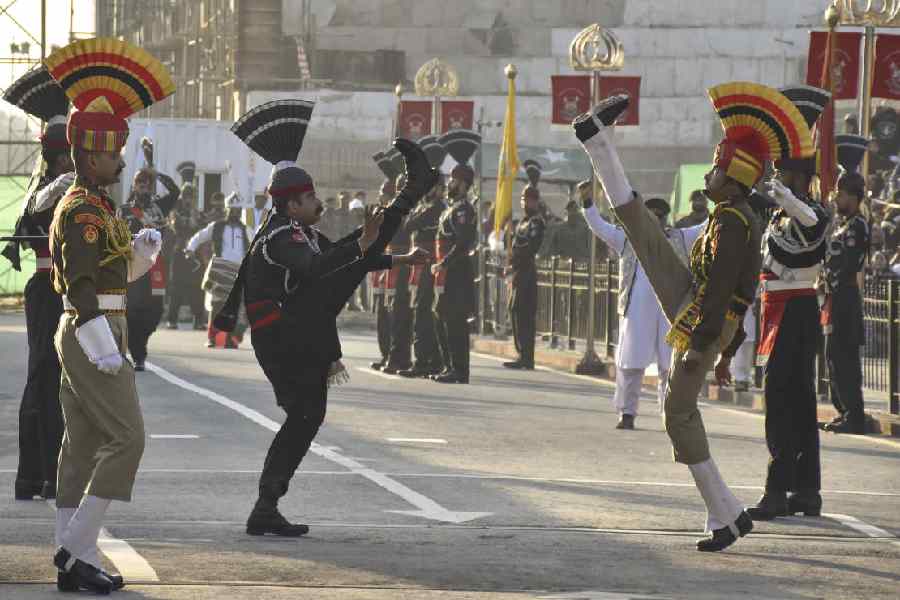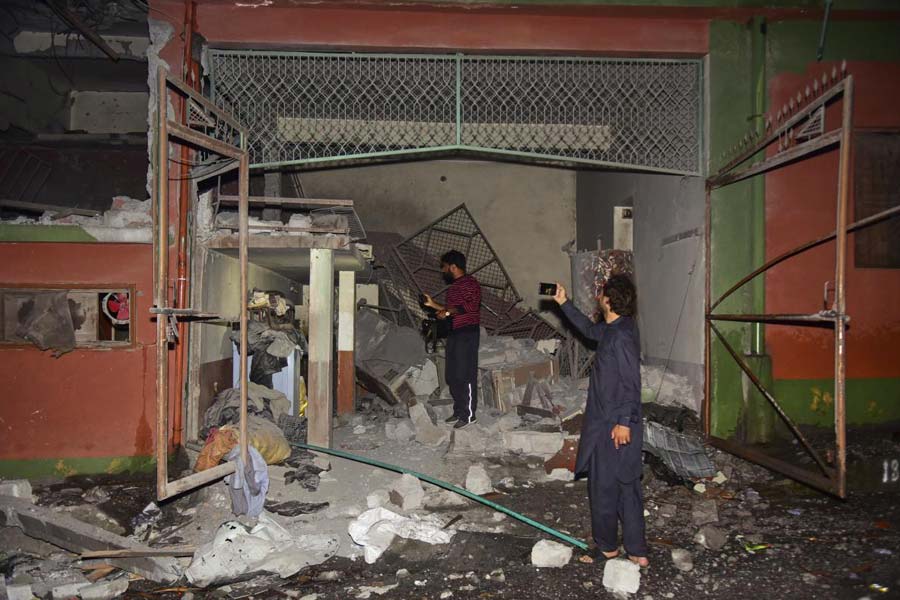New Delhi, April 30: At the Hazrat Nizammudin railway station here, on a summer day two years ago, a technician about to board a train lost his suitcase containing an instrument — shielded, but spewing gamma radiation inside.
Two similar instruments were stolen from different industrial sites in Jamshedpur in Jharkhand and Jagdishpur, Uttar Pradesh, about a year earlier. In another city, a technician forgot radioactive material inside an autorickshaw.
None of these sources has been traced so far.
The sale of an instrument containing radioactive cobalt-60 by Delhi University faculty is only the latest in a series of incidents of reckless handling of radioactive sources that Indian safety regulators have investigated in recent years, experts say.
The Atomic Energy Regulatory Board (AERB), India’s apex radiation safety regulator, has investigated several incidents in which radioactive materials have been stolen, lost, misplaced, and — in two instances — thrown out by workers.
A number of instruments used in industrial inspection, hospitals, and academic institutions contain radioactive materials. According to an inventory of industrial instruments maintained by the AERB, India has some 1,500 radiography cameras in 7,850 nucleonic gauges — both are used in industrial inspections — scattered across more than 1,800 institutions in India.
But concerns about safety and physical security of sources of radioactivity after incidents of theft and loss prompted the AERB to issue in March this year revised guidelines to users.
The AERB’s radiological safety division has asked the users to provide adequate physical security to ensure safe storage of devices. and use an additional chain to anchor the radioactive device in its “pit”.
“This is an unforgiving area,” said K.S. Parthasarathy, a radiation safety specialist, and former secretary of the AERB. “Every source of radioactivity that may be a potential health hazard has to be rigorously tracked from cradle-to-grave.”
According to the AERB’s annual reports, at least eight radioactive sources have been stolen, lost, or misplaced since 2005-2006. Last year, an employee with a company in Chennai stole a source and threw it out. In this case, the source was recovered and placed back in safe custody. But the company was issued a show-cause notice for allowing unqualified persons to work with the instruments.
The AERB documents suggest that in most of these cases there was no evidence of any radiation exposure to the public after the theft or loss. At the time of theft, most of the devices have shielding intact.
Radiation safety experts say the Delhi University incident appears the worst so far from the point of view of health damage to the public — although this is not the first time that a cobalt-60 device entered a scrap market.
About five years ago, an institution had sold an unused instrument with cobalt-60 to a scrap dealer, the AERB has said without naming either the institution or the city. The scrap dealer sliced open the device leading to contamination of his premises. The AERB annual reports do not specify whether anyone received dangerous levels of radiation in that incident.
In another incident, about five years ago, a worker from a rival company had thrown a radioactive device into the Vashi creek near Bombay. Despite a search, it was never found.










